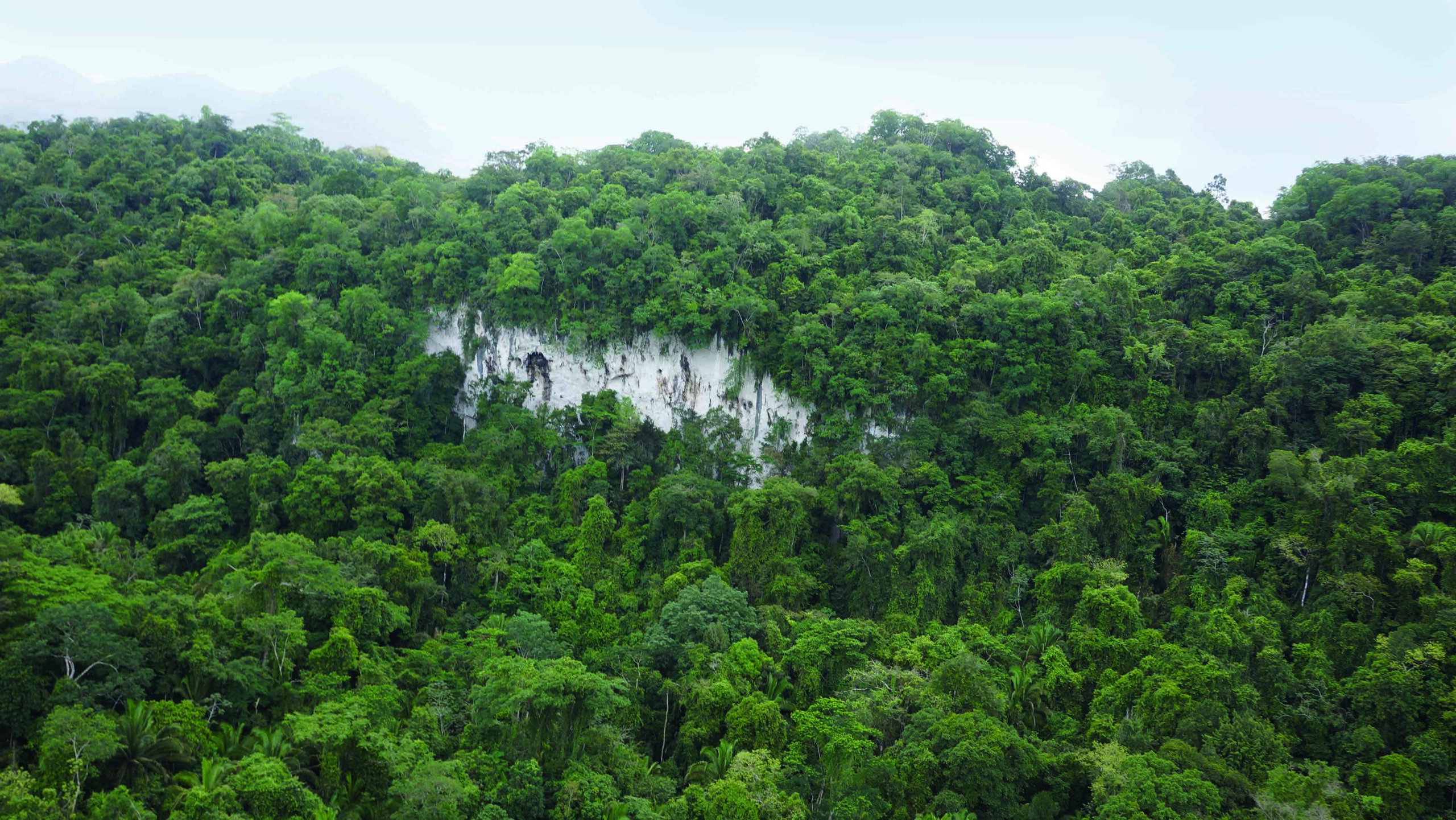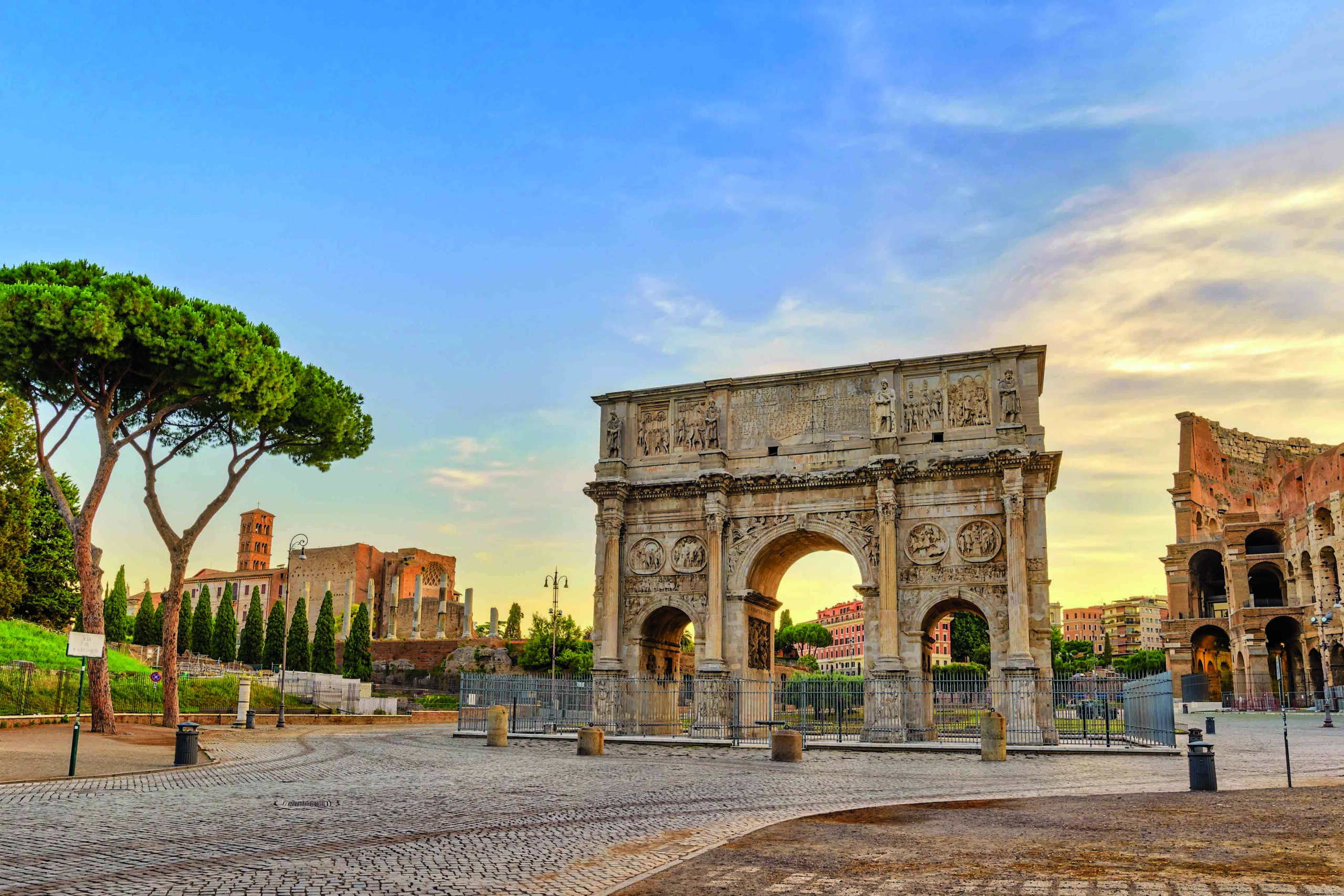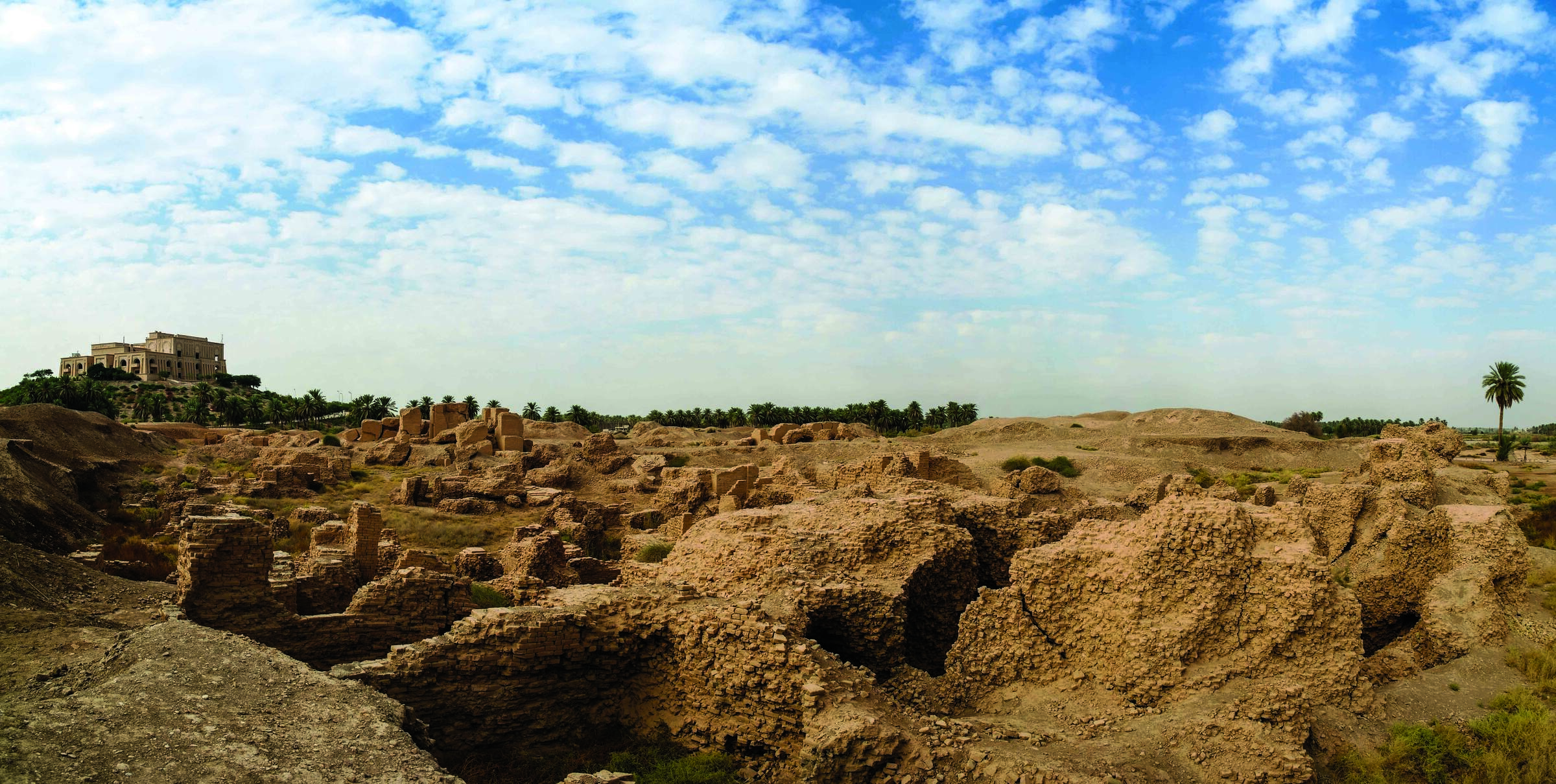
BOLOGNA, ITALY—According to a statement released by the University of Bologna, Leonardo Vallini, Luca Pagani, and Telmo Pievani of the University of Padova and Giulia Marciani and Stefano Benazzi of the University of Bologna compiled genetic and archaeological data to produce a picture of the movements of modern humans in East Asia and Europe. The researchers suggest that there were several waves of expansion and local extinction from a theoretical population hub where the ancestors of all Eurasians lived after migrating out of Africa some 60,000 to 70,000 years ago. In this scenario, the location of the population hub is unknown. The researchers suggest that more than 45,000 years ago, a group of modern humans, represented by remains discovered in the Czech Republic at the site of Zlatý kůň, eventually died out. This group is not related to modern Europeans or Asians. Then, about 45,000 years ago, a new migration out of the hub spread from Europe to East Asia and Oceania. This group produced stone tools associated with the Initial Upper Paleolithic, Vallini explained. Members of this group thrived and became the ancestors of modern East Asians, but eventually died out in Europe, as represented by remains found in Bulgaria at the site of Bacho Kiro and the Oase individual in Romania. Finally, some 38,000 years ago, another wave of people left the hub and spread across Europe, where some of them interacted with descendants of the earlier wave, Pagani said. However, the two groups of people mixed much more frequently in Siberia, where they became the Ancestral North Eurasian population, he added. In Europe, this last migration is associated with the artifacts of the Upper Paleolithic in this scenario, concluded Pievani. To read about the origins of modern Japanese people, go to "Japan's Genetic History."










